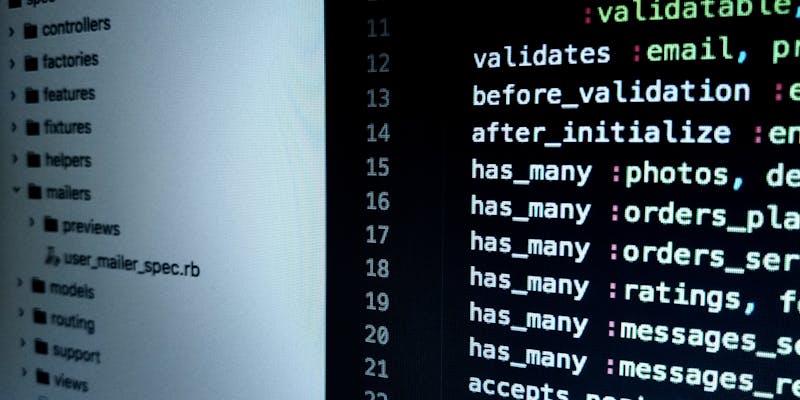ConnectWise’s recent announcement about two severe vulnerabilities in their ScreenConnect software has raised significant alarm across the tech sector. These security shortcomings highlight the relentless nature of cyber threats and emphasize the urgency for robust protective actions. The gravest vulnerability, rated a maximum 10/10 on the CVSS scale, presents a critical threat by potentially allowing unauthorized users to bypass authentication controls, offering them unfettered access to user systems. This issue, paired with another serious vulnerability, underscores the immediate necessity for deploying patches to safeguard sensitive information and maintain the security of IT infrastructures. As these risks pose serious potential ramifications, addressing them swiftly is of utmost importance for users of ConnectWise’s affected software.
The Gravity of the Authentication Bypass Vulnerability
The severity of the authentication bypass cannot be overstated. As it allows illicit access without credentials, it publicizes an open invitation to malicious actors seeking to exploit unpatched systems. The CVSS score of 10/10 is reflective of the flaw’s potential to completely compromise system security, data confidentiality, and the availability of services. In environments where remote desktop access tools like ScreenConnect are imperative for daily operations, such a vulnerability opens the door for widespread disruption. The consequences can span from data theft and espionage to destructive ransomware deployments.
For companies relying heavily on the remote management of their IT frameworks, immediate patch application is not just recommended—it is imperative. Failing to do so could lead to catastrophic outcomes, potentially devastating their operations, reputation, and financial standing. This is not alarmism, but a pragmatic stance given the current cyber threat landscape where even a minor chink in an organization’s armor can be leveraged by adept cybercriminals.
Path Traversal Defect and Its Ramifications
The second major issue fixed was a path traversal flaw with a high-risk score of 8.4/10. This vulnerability could let users without proper privileges gain unauthorized access to sensitive files or directories on a host system. This could lead to the disclosure of confidential data or alterations to vital system files. In skilled hands, such a flaw can be disastrous, potentially allowing attackers to bypass security measures and implant backdoors for persistent access.
Closing this security hole is critical, and system administrators must promptly update their ConnectWise ScreenConnect software and reassess file permissions and system design. This will help curtail potential exploitation of similar weaknesses in the future. By addressing this vulnerability, a critical step has been taken to enhance the security infrastructure and thwart more complex cyberattacks.
The Imperative of Timely Updates
ConnectWise’s prompt issuance of patches for ScreenConnect underscores their commitment to security. Users, both on the cloud and on-premises, are advised to quickly adopt the latest updates to rectify these vulnerabilities. Prompt patching is a crucial barrier against cyber threats, given the integral role of such tools in essential operations.
No current exploitations of these weaknesses have been recorded, but the window between public vulnerability disclosure and actual attacks is often precariously brief. Therefore, the immediate implementation of updates is essential.
These patches embody a critical defense for ConnectWise ScreenConnect, safeguarding vital data and infrastructures across many organizations. ConnectWise’s warning is unequivocal: threats are imminent, a swift response is mandatory, and enduring security depends on both developers and users diligently confronting these cyber dangers together.

